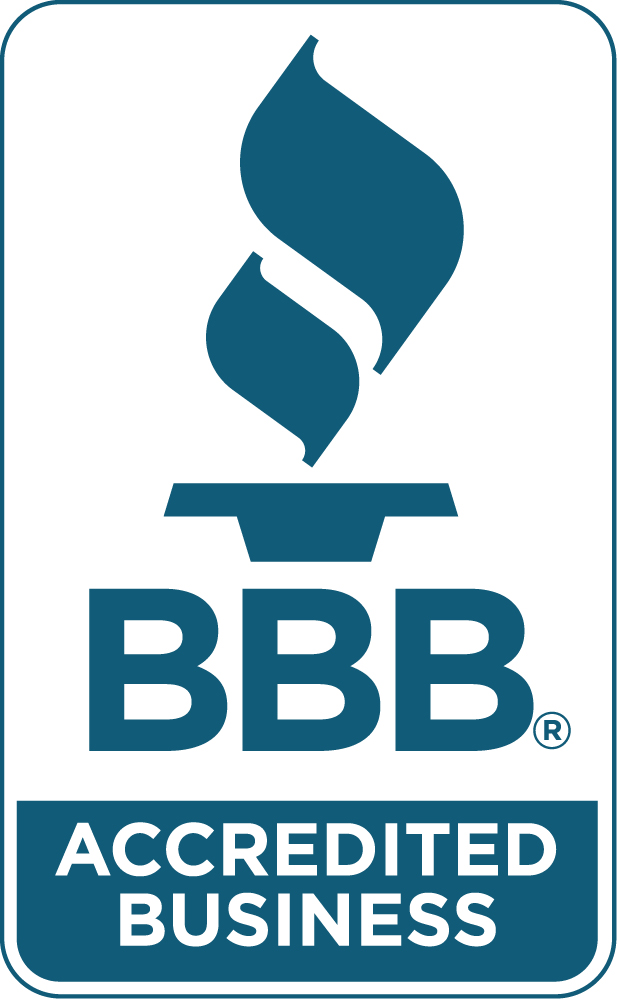Setting the right price for your home is a delicate dance that requires a blend of market knowledge, strategic thinking, and a dash of intuition. Whether you’re a first-time seller or a seasoned homeowner, finding that sweet spot is crucial for a successful sale. In this blog post, we’ll explore the art and science behind setting a real price for your home that attracts buyers while ensuring you get the value your property deserves.
1. Research the Local Market
Understanding the dynamics of your local real estate market is the first step in setting an accurate price for your home. Research recent sales of comparable properties in your neighborhood to get a sense of the market trends. Look at both the selling prices and the time these properties spent on the market. This information provides valuable insights into what buyers are willing to pay for homes similar to yours.
2. Consult with a Real Estate Professional
Real estate professionals bring a wealth of knowledge and experience to the pricing process. Engage with a reputable real estate agent who is familiar with your local market. They can provide a Comparative Market Analysis (CMA) that evaluates recent sales, current listings, and market conditions. A professional opinion is instrumental in setting a competitive and realistic price that aligns with current market dynamics.
3. Consider Your Home’s Unique Features
Every home has unique features that can influence its value. Consider the size of the lot, any recent renovations or upgrades, the overall condition of the property, and its proximity to amenities, schools, and transportation. These factors can contribute positively to your home’s value, and it’s essential to factor them into your pricing strategy.
4. Be Realistic About Market Conditions
Market conditions play a significant role in determining the appropriate pricing strategy. In a seller’s market, where demand exceeds supply, you may have more flexibility to set a slightly higher price. In a buyer’s market, where there is more inventory than demand, pricing competitively becomes crucial. Stay informed about current market conditions and adjust your pricing strategy accordingly.
5. Avoid Overpricing
While it might be tempting to aim high, overpricing your home can have detrimental effects on the selling process. Homes that are priced too high may linger on the market, leading potential buyers to question their value. This can result in a lower final sale price and a prolonged time on the market. Striking the right balance between optimism and realism is key to attracting serious buyers.
6. Factor in Closing Costs and Negotiation Room
When setting your home price, it’s important to consider closing costs and leave room for negotiation. Buyers often expect some flexibility in the asking price, and having a bit of leeway allows for smoother negotiations. Additionally, being transparent about potential closing costs upfront can create a positive and transparent transaction process.
7. Stay Agile and Adjust as Needed
The real estate market is dynamic, and conditions can change. Stay agile and be prepared to adjust your pricing strategy if necessary. If your home isn’t attracting the desired attention or offers within a reasonable timeframe, it might be worth reassessing your pricing strategy. Your real estate agent can provide guidance on potential adjustments based on market feedback.
Conclusion
Setting the right price for your home is both an art and a science. It requires a deep understanding of your local market, consideration of your home’s unique features, and a realistic assessment of current market conditions. Working closely with a real estate professional, staying informed, and being open to adjustments are crucial elements of a successful pricing strategy. By mastering the art of setting a real price for your home, you increase the likelihood of attracting motivated buyers and achieving a successful and satisfying sale.


